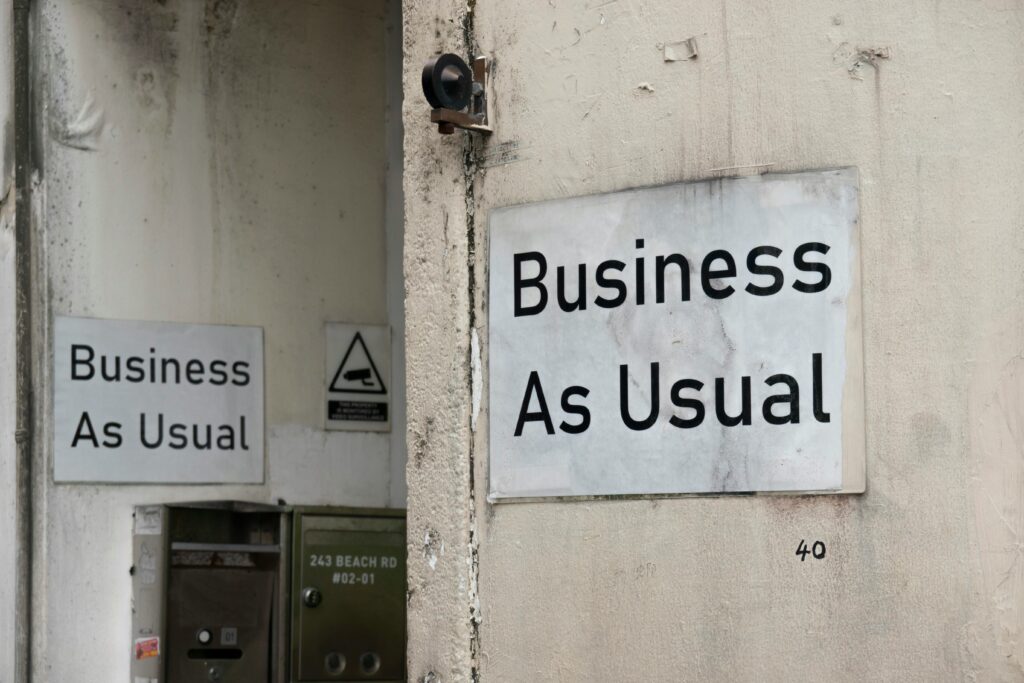
We’ve all seen it.
A well-intentioned, talented, motivated employee slowly ground down by an inflexible process that was last updated during the Bush administration. (The first one.)
They’re not underperforming. They’re trying to navigate an obstacle course built out of unclear handoffs, redundant approvals, and systems that require three logins, a PDF, and a prayer.
A bad process doesn’t just waste time. It breaks people.
W. Edwards Deming said it best: “A bad system will beat a good person every time.” And the thing is, most systems don’t start bad. They become bad. Through layering. Through patchwork. Through a slow drift away from purpose and clarity.
Processes turn into policies. Flexibility turns into rules. And before you know it, your organization is enforcing steps no one can explain – except to say “that’s how we’ve always done it.”
What Makes a Process Bad?
- It’s inflexible. There’s no room for judgment, nuance, or change. If someone dares to deviate, the process breaks – or they get blamed.
- It’s bloated. Layers on top of layers. Approvals stacked like pancakes. Half of it is redundant, the other half is unclear.
- It’s a power move. Built more for control than clarity. The goal isn’t efficiency – it’s enforcement.
- It’s not designed for how people actually work. It ignores real timelines, real tools, and the actual sequence of work. It was built in a vacuum and lives there still.
- It doesn’t get reviewed. No one owns it. No one questions it. It just… exists. Like office plants no one waters.
Fix the System, Don’t Blame the Person
The impulse to point fingers at individuals is strong. It feels easier than questioning structure. But if we want to retain good people – and get good work – then the structure has to hold up.
This means:
- Auditing workflows regularly (not just when something breaks)
- Asking the people who actually use the process what slows them down
- Removing unnecessary friction instead of celebrating it as “rigor”
- Giving managers room to adapt and apply discretion
People want to do good work. They want to contribute. They want to solve problems. But they can’t do that if the very system they’re operating in is stacked against them.
Deming’s point wasn’t that people don’t matter. It’s that blaming individuals for systemic failure is lazy leadership.
The best organizations aren’t just people-centric – they’re process-conscious.Because nothing says “we don’t respect your time or talent” quite like a three-week, four-platform approval cycle to order printer paper.
Fix the process. Protect the people.
